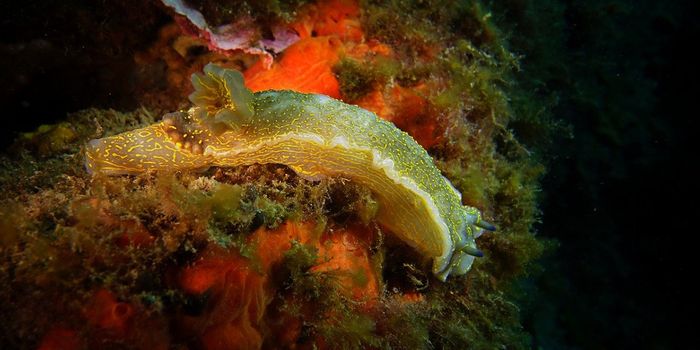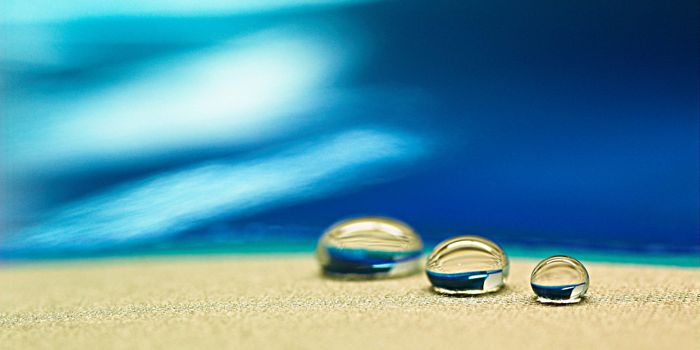With summer coming, many people plan more time outdoors, at the pool or the beach and some want to rid themselves of the winter white and get a tan. Sun can damage the skin however, leading to skin cancer and other concerns. Tanning beds are an option, but they too carry some risk. Sunless tanning products have become popular, whether in creams or sprays, but what's really in that can of tan and how does it work? It's all about the chemistry instead of the sunshine.
The main ingredient in most is a chemical compound called "Dihydroxyacetone" or DHA. It's a fairly simple compound of carbon and sugar and our bodies can produce it, but for tanning products it's made via a bacteria called acetobacter suboxydans. DHA is the only product approved by the FDA for use as a sunless tanner. The ability of DHA to darken the skin was discovered by accident when it was being used to treat children with metabolic disorders. It causes what's called the Maillard Reaction. Much the same way as toasting bread, it's a reaction between amino acids and sugars. The DHA reacts with amino acids, which are plentiful on the skins surface, causing proteins called melanoidins to turn golden brown. Voila, instant tan. Experts caution that you can't get these products near your eyes or lips and definitely don't inhale if using a spray version. Also, do still wear sunscreen since these products won't protect against UV rays.








